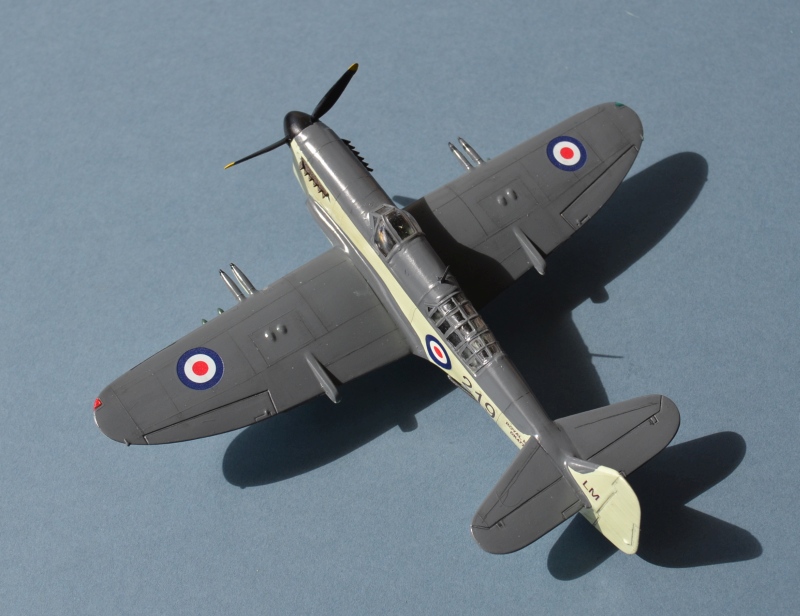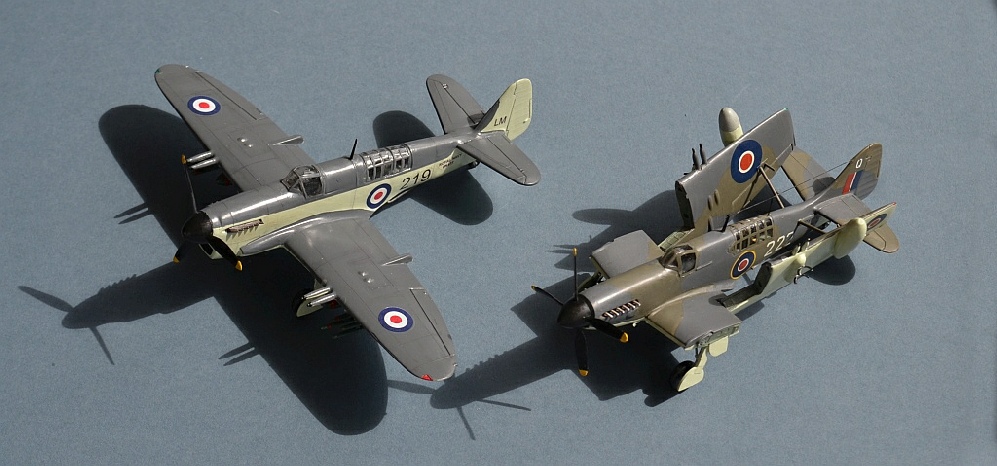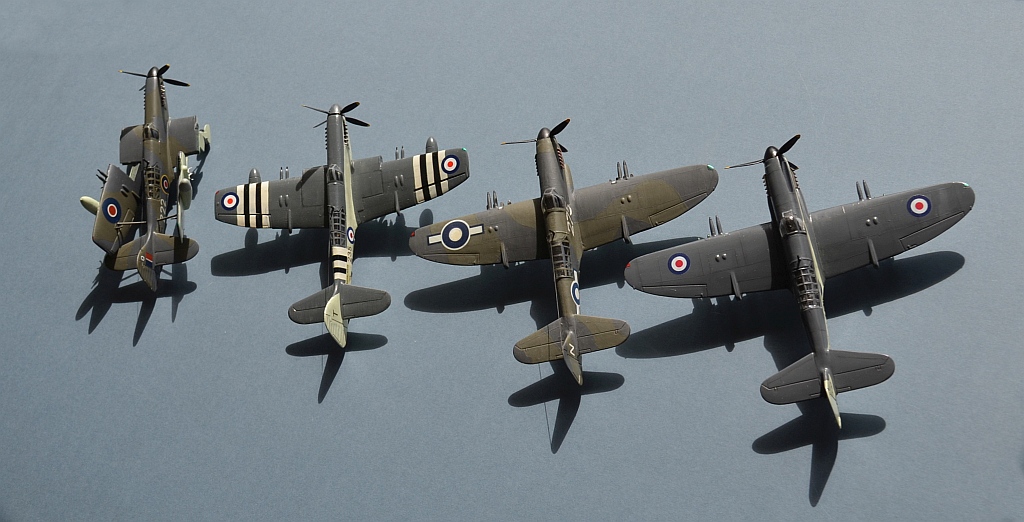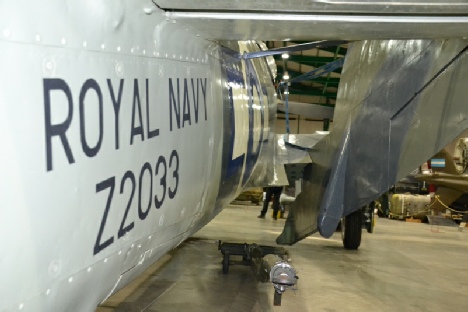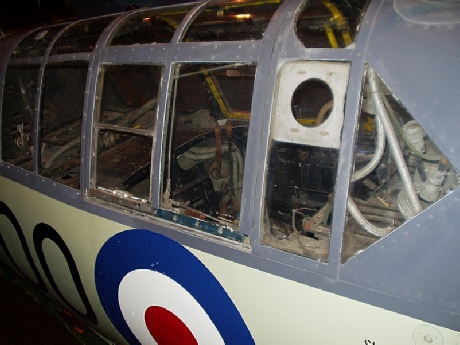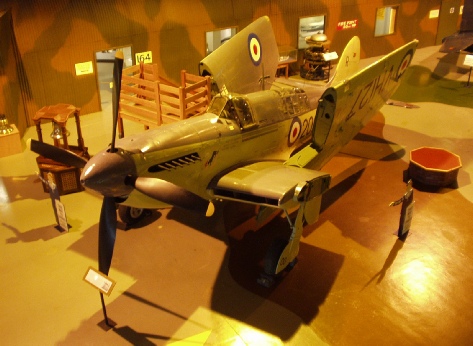May 2020
Fairey Firefly FR.4
Fairey Firefly F.1
Fairey Firefly FR.4
814 Squadron Fleet Air Arm, HMS VENGEANCE, 1949
Airfix 1/72 Firefly V with scratch modifications and Airwaves wing fold, decals from the spares box and inkjet
The Rolls Royce Griffon-
Fireflies remained in Fleet Air Arm service until the mid 1950s, with some Dutch Mk.4 aircraft taking part in active combat operations against Indonesian forces in Dutch New Guinea as late as 1962.
Fireflies also served in numbers with the Australian, Canadian, Dutch, Thai and Indian Navies as well as limited service with the Swedish Airforce as a target tug. Perhaps its main contribution was during the Korean War, where RN and RAN Mk1 and MkV Fireflies flew from British and Australian carriers to undertake strike operations against North Korean targets ashore and in coastal waters. RN Fireflies also undertook strikes against communist insurgents during the Malayan Emergency.
The initial Mk.1 Firefly was superceded by the Mk.4 (subsequently the FR.4) at the
end of WW2. A more powerful Griffon 72 engine with wing root radiators, instead of
the Mk.1’s large chin radiator, provided improved performance. Clipped wings improve
agility and an ASV/ASW radar set was provided with antenna in an underwing pod, balanced
by a fuel tank on the other wing. Additional equipment reflected the Firefly's strike
role. The FR.4 remained in service for a relatively short time before being replaced
by the Mk.5, which emphasised the anti-
Fireflies remained in front-
Building and folding the Airfix Firefly kit:
This has long been one of my favourite Airfix kits; relatively accurate and easy to build, but with some very satisfying detail and a genuine attempt to replicate the complex wing fold arrangement. Even better, although you can build the kit with the wings folded, it also builds well with them spread (often kit manufacturers manage one, but not the other!).
This one was is quite an early Airfix moulding in the distinctive light blue plastic so reminiscent of Airfix in the 1970s, so the parts were crisp and flash free. My Mark V model was a more recent (Heller era) issue, but still good. This one came without decals (as did my previous one), but no problem since I wanted to build it as a Mark IV/FR.4 in a Temperate Sea Camouflage scheme. The Mark IV was largely identical to the Mark V, with the main changes being internal mission and avionics equipment fitted.
I did have a small wobble when I noticed that the Mk.IV nose intake seems to be a rather narrower shape in some reference photos, plus there are two very small intakes on the top of the nose that Airfix have not included. I'm not sure if these are real differences between a VI and a V, or basic errors in the underlying kit. So I ignored them!
The after cabin received a few scratch additions to represent the radio set and the forward cockpit received a sprue headrest for the pilot. Both then received seat belts cut from brown paper. Other than the wing fold, there is little more to say about this kit. It didn’t require any filler, although I did lightly sand down the prominent rivets to a more realistic size. Not only does this look better, but it helps with decal application. Painting the complex canopy requires a lot of care; my favourite "thin" paintbrush has finally expired, so I did struggle with it somewhat; my canopy brushing definitely needs more work.
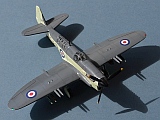
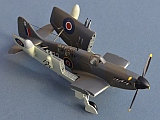
For the wing fold, I used the Airwaves etch set, which also provides some useful
external details such as catapult hooks, the surrounds for the wing-
The wing-
Paint, as always, is hand-
This is a delightful Airfix kit, whose only complexity and weakness (literally) is
the wing-
Fairey Firefly Mk.1
766 Squadron, Fleet Air Arm, RNAS Lossiemouth, 1949
Novo (FROG) 1/72 with some scratch updates and markings from the spares box and inkjet
Despite the arrival of the improved Mark.4 and Mark.5 Fireflies, the early variants remained in active service beyond the end of WW2, including the FR.1 which was equipped with the ASH radar, carrying its antenna in an external pod below the forward fuselage. Production stopped in 1946, but 11 new squadrons converted to Firefly Mk.1s after 1945, mostly as a replacement for the ungainly Fairey Barracuda. Firefly FR.1s of 827 Naval Air Squadron, embarked in HMS TRIUMPH conducted the first British strikes against the Korean mainland (alongside Seafires of 800 Sqn), attacking Heiju airfield on 3rd July 1949.
This particular aircraft is depicted whilst serving with 766 training squadron in 1949, based ashore at RNAS Lossiemouth in North East Scotland.
Building the Novo (FROG) Firefly kit:
This is another classic British kit, first released by FROG in 1972. For its time,
it was a reasonably accurate kit, much simpler than, but nicely complementing the
Airfix issue of the later Mk.V variant. Mine was box/bagless, but its fine moulding
and hard dark blue plastic suggest it was a reasonably early Novo issue from 1976-
The pilot’s cockpit is very basic, although a more reasonable attempt was made on
the Observer’s work space. Nevertheless, based on my previous build and the very
poor clear parts that come with this kit (thick & rough) I made only very small attempts
to improve these by fitting paper seat-
Have a look at many more RN post war aircraft on my Flight Deck pages
My full Firefly collection (to date -
The Real Thing: Fireflies at the Fleet Air Arm Museum:
Have a look at many more RN post war aircraft on my Flight Deck pages

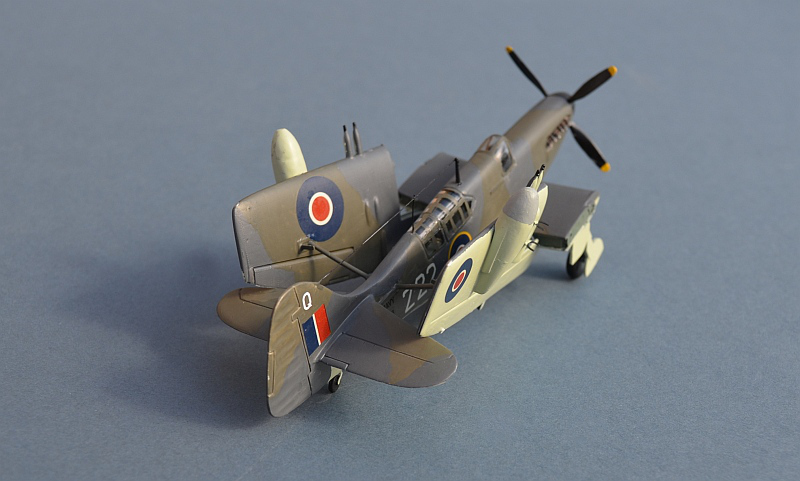
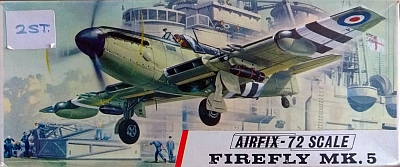
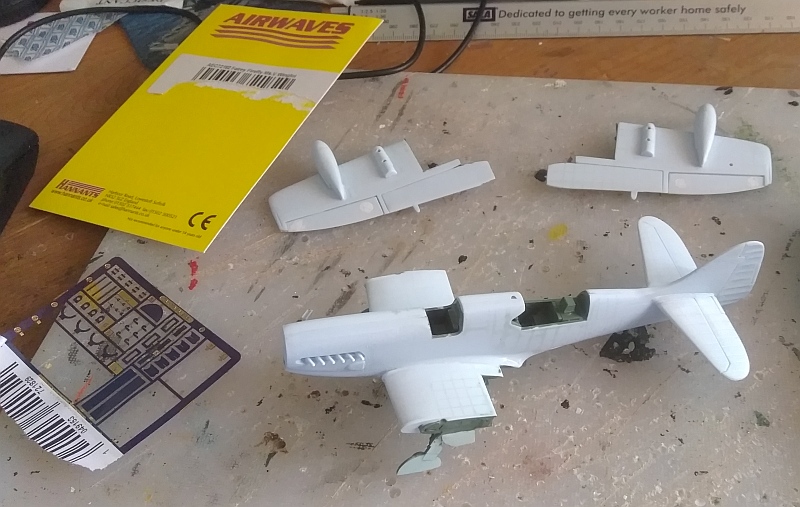
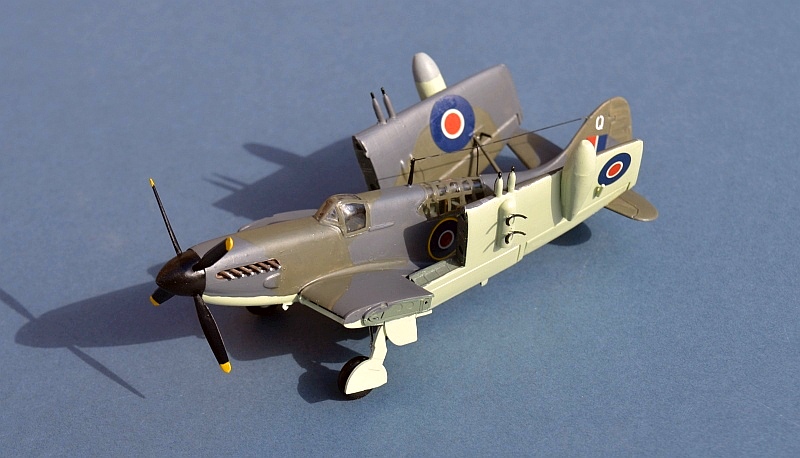

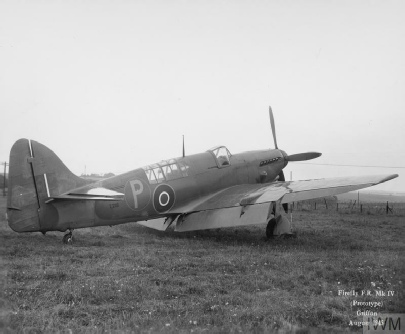
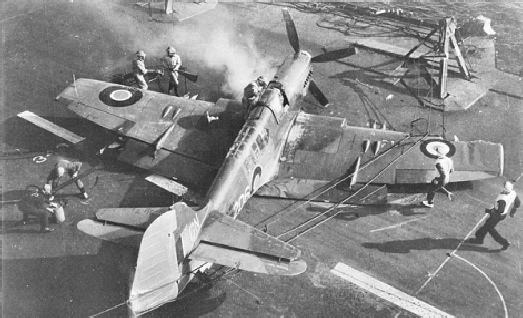
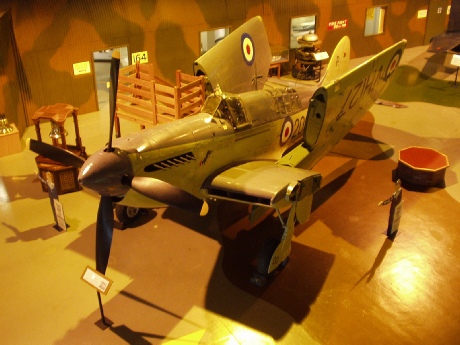
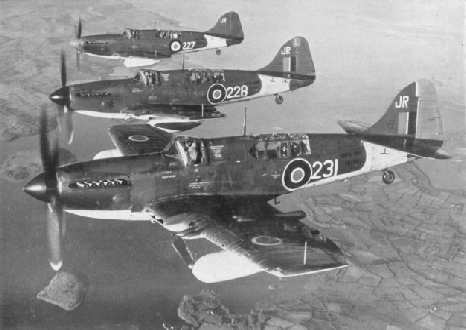
The Real Thing: © Crown Copyright IWM ATP 15171D

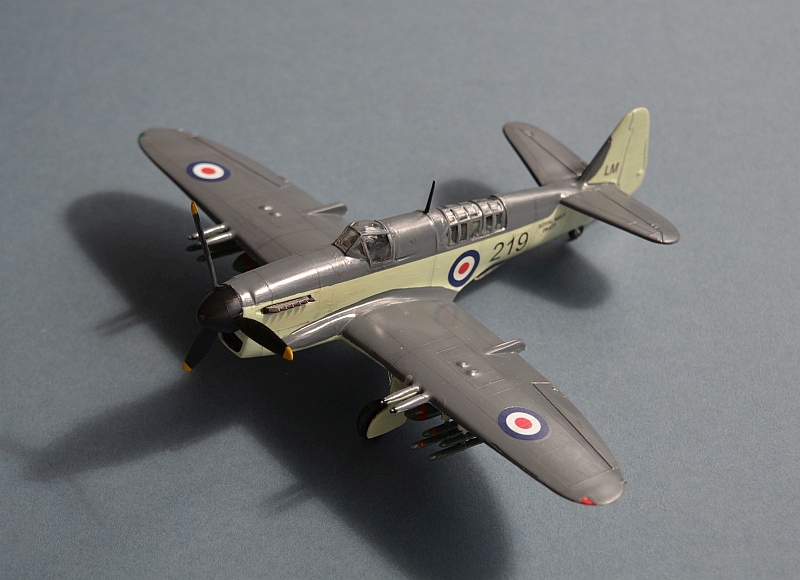
For the colour scheme and markings, I wanted to show a late Firefly in EDSG and Sky,
contrasting with my FR.4 in its wartime temperate sea scheme. Research showed a
number of options for this, but to keep things simple and avoid needing to build
the ASH radar pod, I chose to copy one of the options on the Trumpeter 1/48 kit,
not least because it has some nice profile pictures. With the exception of the
roundels, my decals are home-
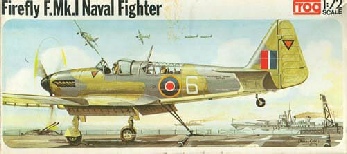

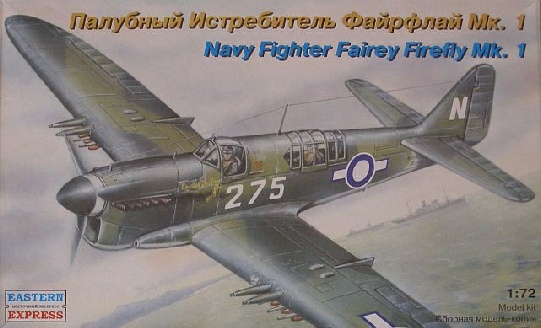
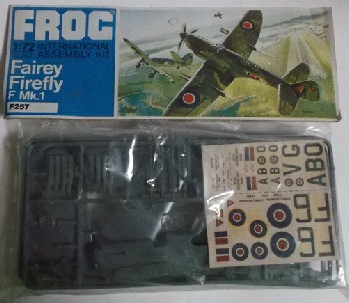
Paint is brushed on enamel, with Humbrol 123 for the top surfaces, and Revell Matt
59 for the Sky lower surfaces. Once again, applying the Revell paint felt like spreading
filler, far too thick and lumpy despite extensive thinning and it did not cover the
dark plastic well, requiring 3 coats before I was happy. For future builds I think
I may return to the Humbrol equivalent, although it does feel a little to light and
blue for early aircraft. Klear was used to bed in the decals, then a top coat of
Micro-
So there we have it, two highly enjoyable “lockdown” Firefly builds of classic kits in slightly different colours from normal.
Now about that vacform AS.7; do I feel brave enough to try yet ?


